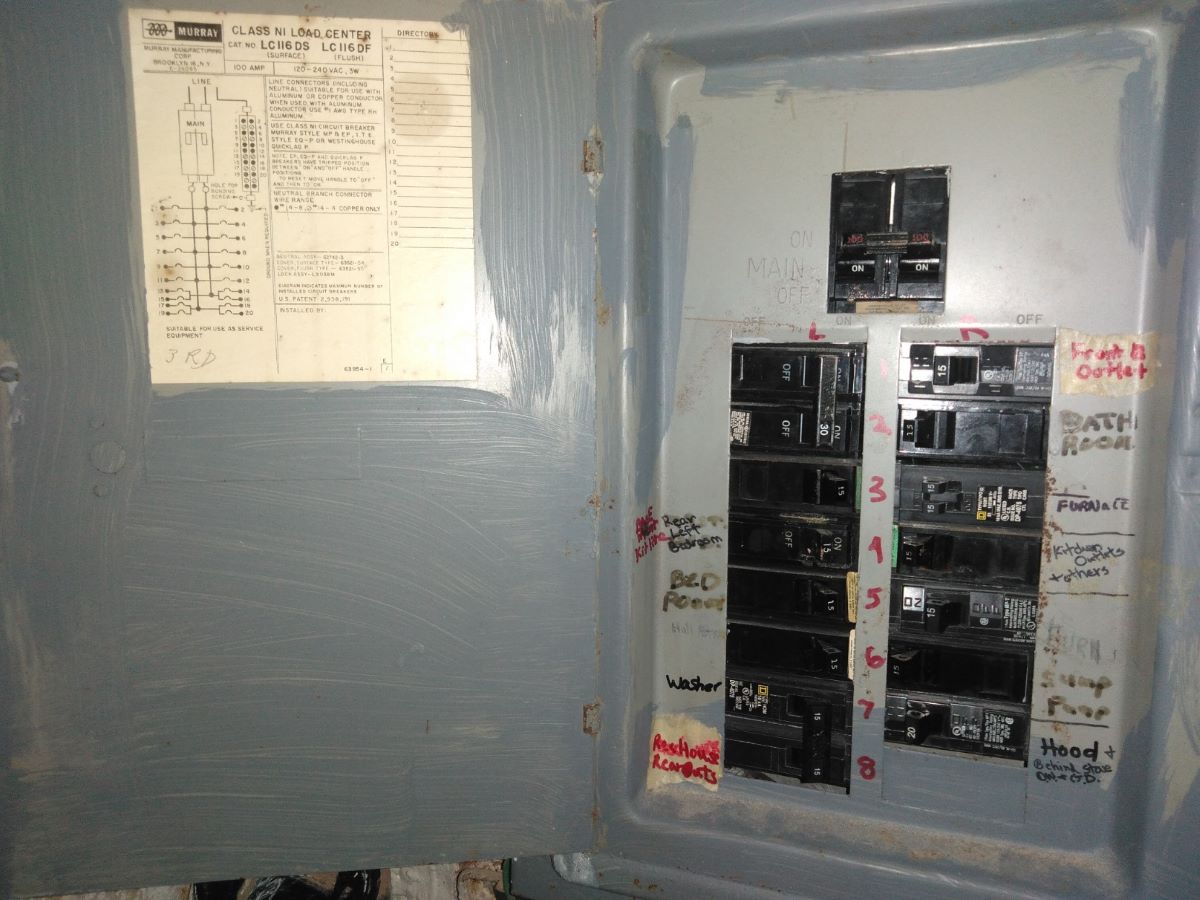

Articles
What Breakers Work With Murray Panel
Modified: March 1, 2024
Find out which articles breakers are compatible with Murray panels. Explore the best options for your electrical needs.
(Many of the links in this article redirect to a specific reviewed product. Your purchase of these products through affiliate links helps to generate commission for Storables.com, at no extra cost. Learn more)
Introduction
When it comes to electrical panels, Murray is a well-known name in the industry. As a provider of high-quality electrical distribution products, Murray panels are widely used in residential and commercial settings. Like all electrical panels, Murray panels are designed to protect your electrical system from overloads and short circuits by using circuit breakers.
In this article, we will explore the different types of circuit breakers that work with Murray panels, as well as the compatibility issues you may encounter. We will also discuss the proper installation of breakers and important safety considerations to keep in mind.
Before delving into the specifics, it’s important to understand the basics of Murray electrical panels. Murray panels are known for their reliability, durability, and efficient performance. They are manufactured to meet the highest safety standards and are designed to handle various electrical loads.
As with any electrical panel, it’s crucial to ensure that the circuit breakers used are compatible with the Murray panel. Using incompatible breakers can lead to functional issues, safety hazards, and potential damage to both the breakers and the panel itself.
In the next sections, we will discuss the different types of circuit breakers that are suitable for use with Murray panels. We will explore the compatibility issues that can arise if the wrong type of breaker is used, and we will provide guidance on how to properly install these breakers.
It’s important to note that electrical work should always be done by a qualified electrician. If you are unsure about any aspect of installing or replacing circuit breakers, it’s best to seek professional assistance. Safety should always be the top priority when working with electrical systems.
Now, let’s dive into the different types of circuit breakers that are compatible with Murray panels and learn about their unique features and benefits.
Key Takeaways:
- Choose compatible Murray circuit breakers to ensure optimal functionality and safety for your electrical system. Consider brand, type, size, and amperage compatibility to prevent hazards and ensure reliable performance.
- Prioritize safety when installing circuit breakers in your Murray panel. Turn off power, use protective gear, and consult a qualified electrician for complex installations. Follow electrical codes and regulations to maintain a safe and efficient electrical system.
Read also: 8 Amazing Murray Circuit Breakers for 2024
Murray Electrical Panels
Murray electrical panels are known for their superior quality and performance. They are manufactured by Siemens, a well-established company in the electrical industry. With a strong reputation for reliability and durability, Murray panels are widely used in residential, commercial, and industrial settings.
One of the key features of Murray panels is their ability to efficiently distribute electrical power throughout a building. These panels provide a safe and reliable means of controlling and protecting the electrical circuits in your home or workplace.
Murray panels are available in various sizes and configurations to meet the specific needs of different applications. Whether you require a panel for a small residential property or a large commercial building, there is a Murray panel that will suit your requirements.
One notable advantage of Murray panels is their ease of installation. They are designed to be user-friendly, allowing electricians to quickly and efficiently install them without any unnecessary complications. This reduces installation time and ensures that your electrical system is up and running in no time.
Furthermore, Murray panels are equipped with innovative features that enhance their functionality. For instance, many Murray panels have removable knockouts, making it easier to route cables and wires into the panel. This feature simplifies the installation process and provides greater flexibility for electricians.
Another important aspect of Murray panels is their compatibility with a wide range of circuit breakers. This ensures that you have the flexibility to choose from different breaker options, depending on your specific electrical requirements. We will explore this compatibility in more detail in the upcoming sections of this article.
In summary, Murray electrical panels are highly regarded for their quality, reliability, and ease of installation. They are designed to efficiently distribute electrical power and provide reliable protection for your electrical circuits. With compatibility with a variety of circuit breakers, Murray panels offer flexibility and convenience for electricians and homeowners alike.
Types of Circuit Breakers
Circuit breakers are crucial components in electrical systems as they protect against overloads and short circuits. There are different types of circuit breakers available, each with its own unique features and applications. Understanding the different types of circuit breakers is essential when working with Murray panels to ensure proper functionality and safety.
1. Standard Circuit Breakers: Standard circuit breakers are the most common type used in residential and commercial applications. They are designed to handle normal electrical loads and protect against short circuits and overloads. Standard circuit breakers have a fixed trip current rating and are available in various current ratings, such as 15A, 20A, and 30A.
2. Ground Fault Circuit Interrupters (GFCIs): GFCIs are specifically designed to protect against ground faults, which occur when an electrical current unintentionally flows to the ground. GFCIs monitor the current entering and leaving a circuit and quickly shut off power if there is an imbalance, helping to prevent electrical shocks and potential electrical fires.
3. Arc Fault Circuit Interrupters (AFCIs): AFCIs are designed to detect arcing faults, which can occur when there is a loose or damaged wire connection. These faults can lead to electrical fires. AFCIs monitor the electrical waveform and are equipped with advanced technology to detect and trip in the event of an arc fault.
4. Tandem Circuit Breakers: Tandem circuit breakers, also known as double-pole circuit breakers or duplex breakers, provide a space-saving solution by allowing two circuits to be installed in a single breaker slot. They are commonly used in panels with limited space, such as residential panels, where additional circuits are needed but there are no available slots.
5. GFCI/AFCI Combination Breakers: GFCI/AFCI combination breakers offer both ground fault circuit interruption and arc fault circuit interruption in a single unit. These breakers are typically required in areas where both ground fault and arc fault protection are necessary, such as kitchens, bathrooms, and bedrooms.
It’s important to select the appropriate type of circuit breaker based on the specific electrical requirements of the circuit and the intended application. When working with Murray panels, it’s crucial to verify the compatibility of the circuit breakers you choose to ensure proper functionality and safety.
In the next section, we will discuss the compatibility issues that can arise when using circuit breakers with Murray panels and provide guidance on choosing breakers that work seamlessly with these panels.
Compatibility Issues
When it comes to circuit breakers, compatibility is key. Using the wrong type or brand of breaker with your Murray panel can lead to compatibility issues and potential safety hazards. It’s important to understand the compatibility guidelines to ensure the proper functioning of your electrical system.
The first aspect of compatibility to consider is the brand compatibility. While Murray panels are designed to work with a variety of circuit breakers, it is always recommended to use breakers from the same brand. Murray circuit breakers are specifically engineered to work seamlessly with Murray panels, ensuring optimal performance and safety.
Another important consideration is the breaker type. Different circuits may require specific types of breakers, such as GFCIs or AFCIs, to ensure the necessary level of protection. When selecting circuit breakers for your Murray panel, make sure they are compatible with the specific type of circuit you are working with.
Additionally, pay attention to the size compatibility. Murray panels come in various sizes, so it is crucial to select breakers that fit properly in the panel slots. Using breakers that are too small or too large for the panel can lead to improper installation, which can compromise the safety and functionality of the electrical system. Make sure to consult the panel’s specifications or a qualified electrician to determine the appropriate breaker size.
Lastly, it’s important to consider the amperage compatibility. Circuit breakers are rated for specific amperage capacities, indicating the maximum current they can safely handle. Using breakers with amperage ratings that are too low for the circuit can cause them to trip frequently and disrupt the power supply. On the other hand, using breakers with amperage ratings that are too high can overload the circuit and create a fire hazard. Always ensure that the amperage rating of the breaker matches the requirements of the circuit.
It is worth noting that if you are uncertain about the compatibility of circuit breakers with your Murray panel, it is best to consult a qualified electrician. Electricians have the expertise to determine the suitable breaker options for your specific panel and electrical requirements.
Now that we have discussed the compatibility issues, let’s explore the types of circuit breakers that are compatible with Murray panels and the proper installation process in the following sections.
When looking for breakers that work with a Murray panel, make sure to check for compatibility with the specific model and series of your panel. Not all breakers are compatible with all panels, so it’s important to do your research before making a purchase.
Breakers Compatible with Murray Panels
When it comes to selecting circuit breakers that are compatible with your Murray panel, there are a few options to consider. Murray panels are designed to accept different types of breakers, providing flexibility for various electrical applications and requirements.
1. Murray Circuit Breakers: The most straightforward option is to use Murray circuit breakers that are specifically designed for Murray panels. These breakers are manufactured to fit perfectly into the panel slots, ensuring optimal performance and safety. They are available in different current ratings and types to meet the specific needs of your electrical circuits.
2. Siemens Type QP Breakers: Siemens is the parent company of Murray, and many Siemens Type QP breakers are compatible with Murray panels. These breakers are commonly found in both residential and commercial electrical systems and are known for their reliability and durability. Siemens Type QP breakers offer a wide range of amperage and circuit protection options to suit your specific needs.
3. Siemens Type MP Breakers: Another compatible option for Murray panels is Siemens Type MP breakers. These breakers are designed to provide reliable circuit protection and are compatible with both Murray and Siemens panels. They are available in various amperages and can be easily installed in Murray panels without any compatibility issues.
4. Tandem Breakers: If you require additional circuits in a Murray panel with limited space, tandem breakers may be a suitable option. These breakers allow for two circuits to be installed in a single breaker slot, maximizing the use of available slots. Make sure to check the compatibility of tandem breakers with your specific Murray panel model before installation.
It’s important to note that when selecting breakers compatible with Murray panels, it’s best to consult the panel’s specifications or a qualified electrician. They can provide guidance on the appropriate breaker options based on your specific panel model and electrical requirements.
Now that we have covered the compatible breaker options, let’s move on to the proper installation process to ensure the safe and efficient operation of these breakers in your Murray panel.
Breaker Installation
Proper installation of circuit breakers in your Murray panel is crucial for the safe and efficient operation of your electrical system. If you are comfortable working with electrical systems, you can follow these general steps to install breakers in your Murray panel. However, it is always recommended to hire a qualified electrician for any electrical work to ensure safety and compliance with local regulations.
1. Ensure Proper Safety Precautions: Before starting any electrical work, make sure to turn off the main power supply to the panel to prevent electrical shocks. Wear appropriate protective gear, such as gloves and safety glasses, to protect yourself during the installation process.
2. Verify Panel Compatibility: Check the panel’s specifications and the breaker’s compatibility to ensure they are compatible. Ensure that the breaker is the correct type, size, and amperage rating for your specific Murray panel.
3. Locate an Available Slot: Identify an available slot in the Murray panel where the breaker will be installed. Avoid overloading any existing circuit by distributing the load evenly across the panel.
4. Prepare the Breaker: Remove the breaker from its packaging and ensure that it is in the “off” position. Check for any visible damage or defects before proceeding with the installation.
5. Align the Breaker: Align the breaker’s prongs with the panel’s bus bar, which is a metal strip inside the panel that distributes power to the various circuits. Slide the breaker into the slot until it is securely seated.
6. Connect the Wiring: Connect the electrical wiring to the breaker. Follow proper wiring practices and ensure that the connections are secure. Ensure that the breaker is compatible with the type of wiring used in your electrical system (such as copper or aluminum).
7. Test the Breaker: After the wiring is securely connected, turn on the main power supply to the panel and carefully switch the breaker to the “on” position. This will restore power to the circuit protected by the breaker.
8. Double-Check Connections: Double-check all connections to ensure they are tight and secure. Verify that the breaker is functioning correctly by testing the circuit it protects. If the breaker trips repeatedly or there are any signs of malfunction, consult a qualified electrician.
Remember, if at any point you feel unsure or uncomfortable with the installation process, it is best to seek the assistance of a professional electrician. They have the knowledge and experience to safely and effectively install breakers in your Murray panel.
Now that you understand the installation process, let’s move on to some important safety considerations to keep in mind when working with circuit breakers and electrical panels.
Safety Considerations
Working with circuit breakers and electrical panels involves handling live electrical components and can pose potential hazards if proper safety precautions are not followed. Keeping safety in mind is essential to protect yourself and ensure the integrity of your electrical system. Here are some important safety considerations to keep in mind:
1. Turn Off the Power: Before working on your Murray panel or installing breakers, always turn off the main power supply. This step is crucial to prevent electrical shocks and avoid potential accidents. Use a voltage tester to confirm that the panel is de-energized before starting any work.
2. Use Proper Protective Gear: Wear appropriate personal protective equipment (PPE) such as safety glasses, gloves, and non-conductive footwear to protect yourself from electrical shock and injury. Avoid wearing loose clothing or jewelry that can get caught in the panel or breaker during installation.
3. Follow Electrical Codes and Regulations: Ensure that you are familiar with and adhere to local electrical codes and regulations when working on your Murray panel. These codes are in place to ensure the safety and proper installation of electrical systems. Hiring a licensed electrician can help ensure compliance with these regulations.
4. Avoid Overloading Circuits: Be mindful of the electrical load on each circuit and avoid overloading them. Distributed the electrical load across different breakers and circuits to prevent overheating and potential fire hazards. If you frequently experience tripped breakers, it may indicate that the circuit is overloaded and requires additional capacity.
5. Properly Secure Wiring: Ensure that the wiring connections are tight and secure when installing breakers. Loose connections can cause arcing, overheating, and potential electrical fires. Use appropriate connectors and techniques to secure the wiring in place and minimize the risk of loose connections.
6. Perform Regular Maintenance: Schedule periodic maintenance and inspections of your Murray panel to identify any signs of wear, loose wiring, or damage. Regular maintenance can help detect potential issues early and prevent electrical problems in the future.
7. Consult a Qualified Electrician: If you are unsure about any aspect of working with circuit breakers or electrical panels, it is best to consult a qualified electrician. They have the expertise to handle electrical systems safely and effectively, ensuring the proper functioning of your electrical system and minimizing the risk of hazards.
Remember, electricity can be dangerous, and it is always better to prioritize safety. If you are unsure about any aspect of working with circuit breakers or electrical panels, do not hesitate to seek professional assistance to ensure the well-being of yourself and your electrical system.
With these safety considerations in mind, we can conclude our discussion on breakers compatible with Murray panels and the proper installation process.
Conclusion
In conclusion, Murray electrical panels are renowned for their reliability, durability, and efficient performance. Choosing compatible circuit breakers for your Murray panel is crucial to ensure optimal functionality and safety. By using the right type, size, and brand of breakers, you can protect your electrical system from overloads, short circuits, and potential hazards.
There are various types of circuit breakers available for use with Murray panels, including standard breakers, GFCIs, AFCIs, and tandem breakers. It is important to select the appropriate breaker type based on the specific electrical requirements of your circuits.
When installing breakers in your Murray panel, follow proper safety precautions, such as turning off the main power supply and using protective gear. Carefully align and connect the breaker, ensuring compatibility with the panel’s specifications. For complex installations or if you lack experience, it is recommended to hire a qualified electrician to handle the installation process.
Throughout the installation process, maintaining safety is paramount. Practice proper wiring techniques, avoid overloading circuits, and regularly inspect your panel for any signs of wear or damage. Following electrical codes and regulations will further ensure the integrity and safety of your electrical system.
Remember that any electrical work should be approached with caution. When in doubt, it is best to consult a qualified electrician who can provide expert guidance and ensure compliance with safety regulations.
In conclusion, proper selection and installation of compatible circuit breakers in your Murray panel is essential for the reliable and safe operation of your electrical system. By prioritizing safety and adhering to compatibility guidelines, you can enjoy the benefits of a well-functioning and protected electrical system in your home or place of business.
So go ahead, choose the right circuit breakers for your Murray panel, follow the proper installation process, and always prioritize safety when working with electricity.
Frequently Asked Questions about What Breakers Work With Murray Panel
Was this page helpful?
At Storables.com, we guarantee accurate and reliable information. Our content, validated by Expert Board Contributors, is crafted following stringent Editorial Policies. We're committed to providing you with well-researched, expert-backed insights for all your informational needs.
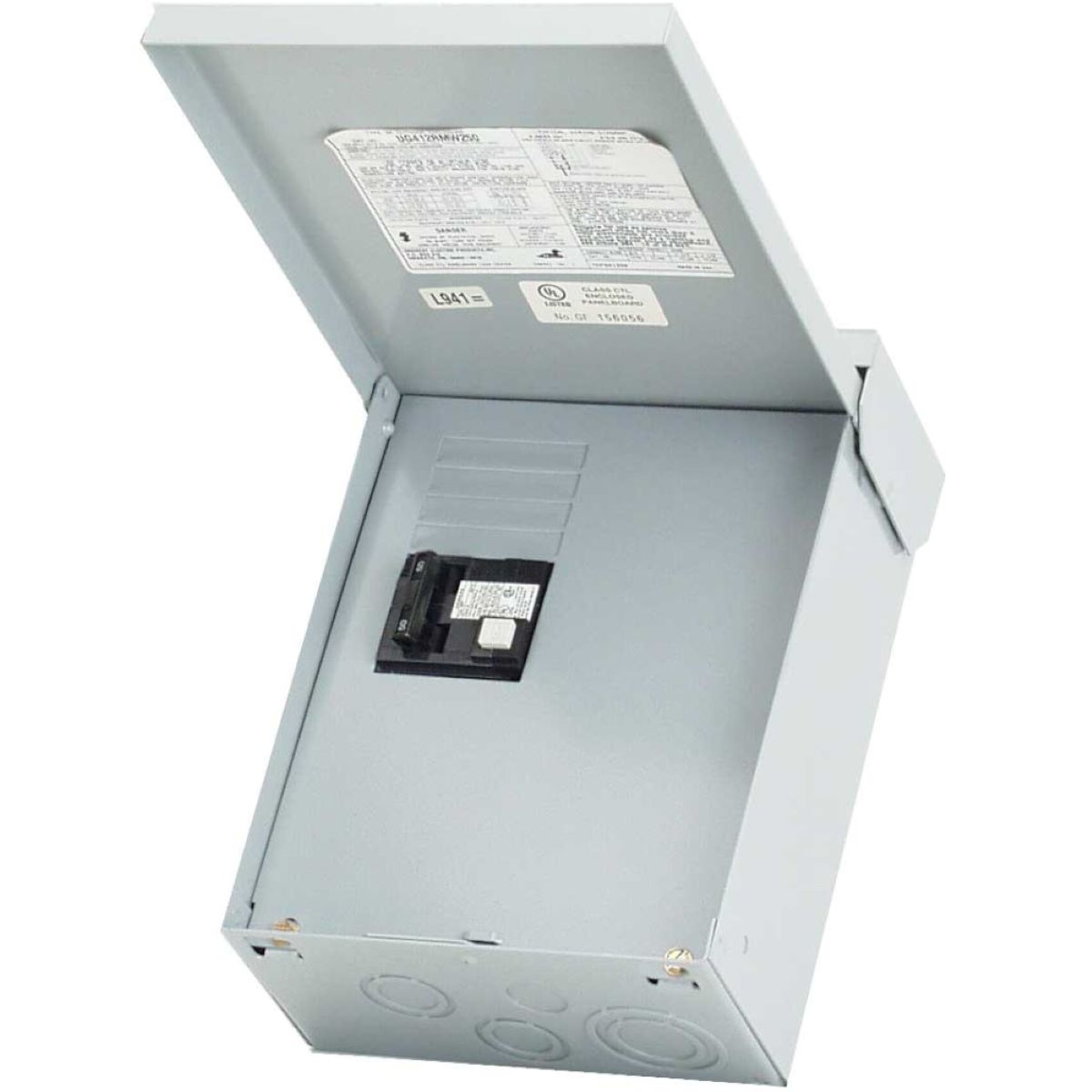
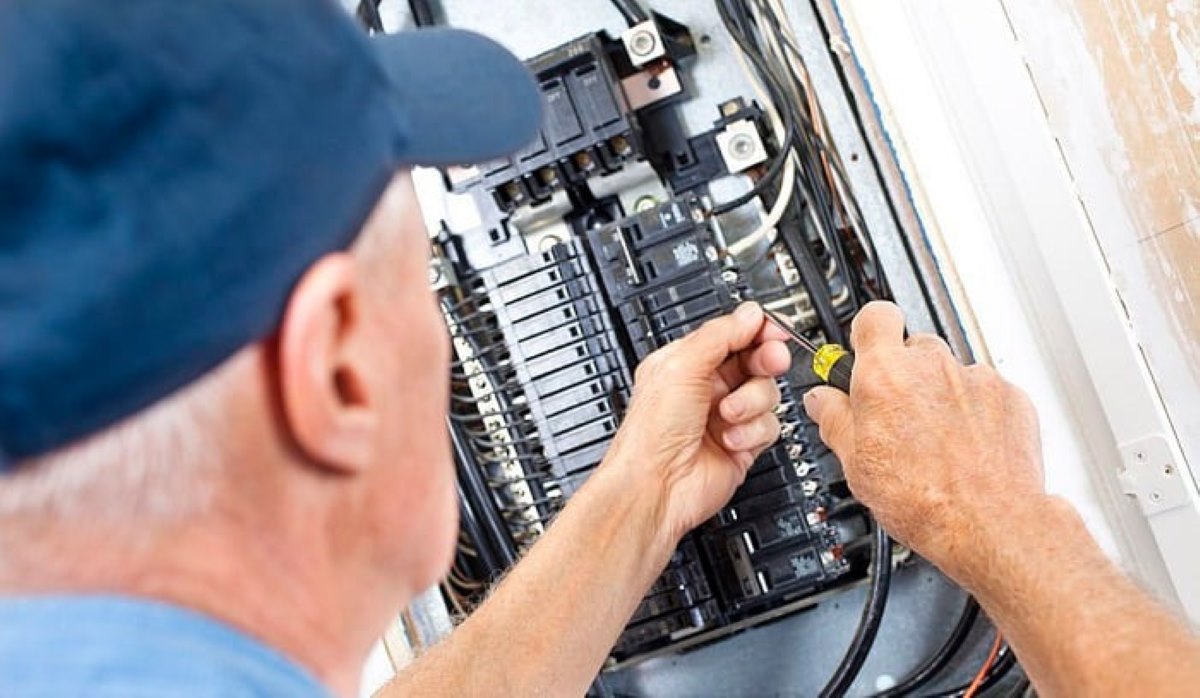
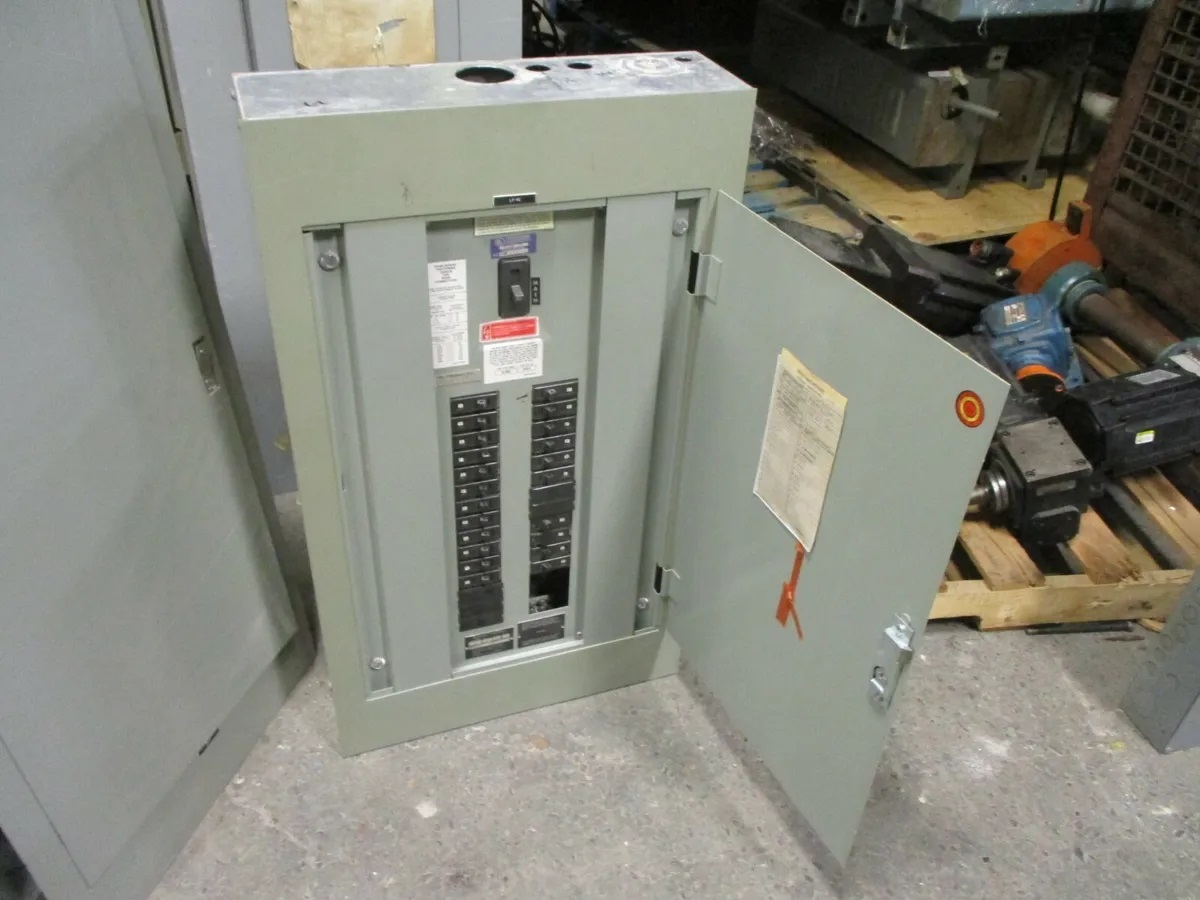
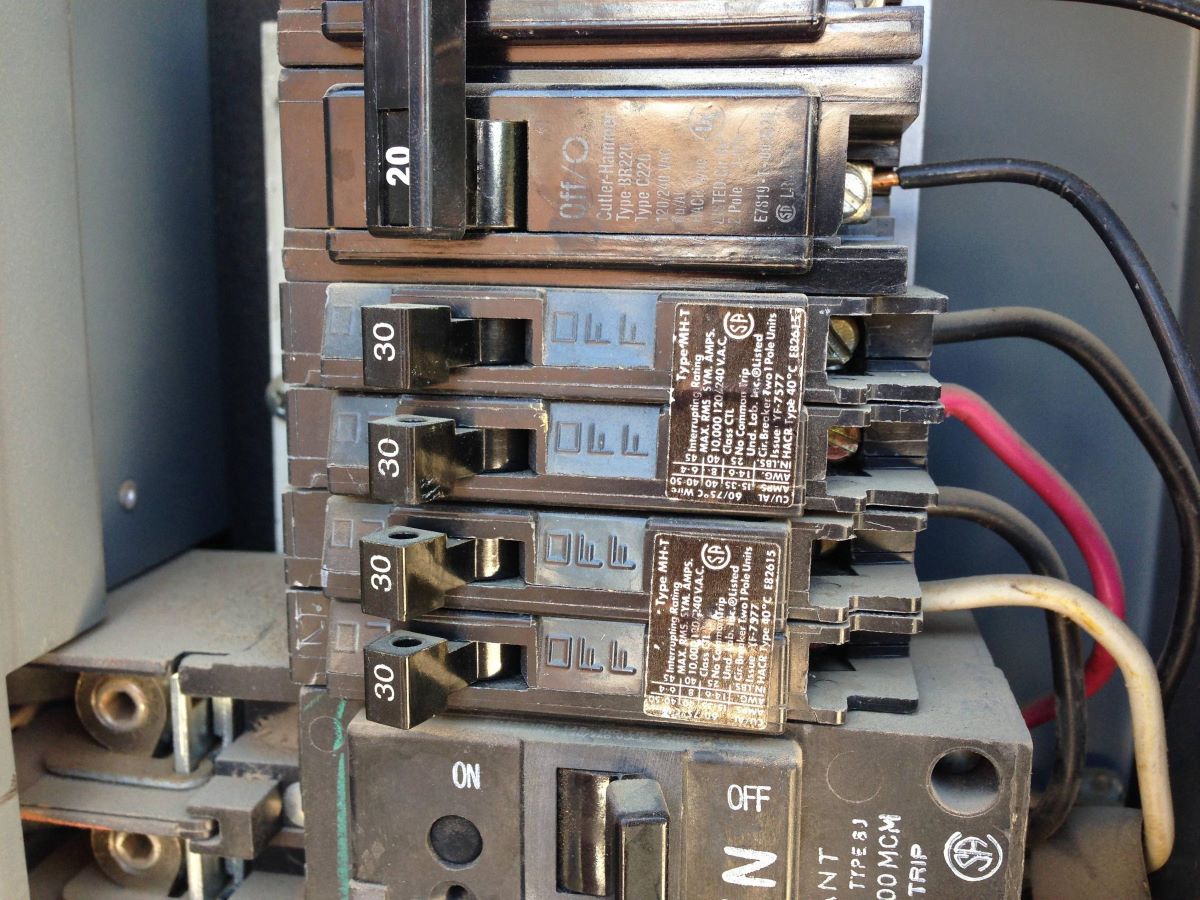
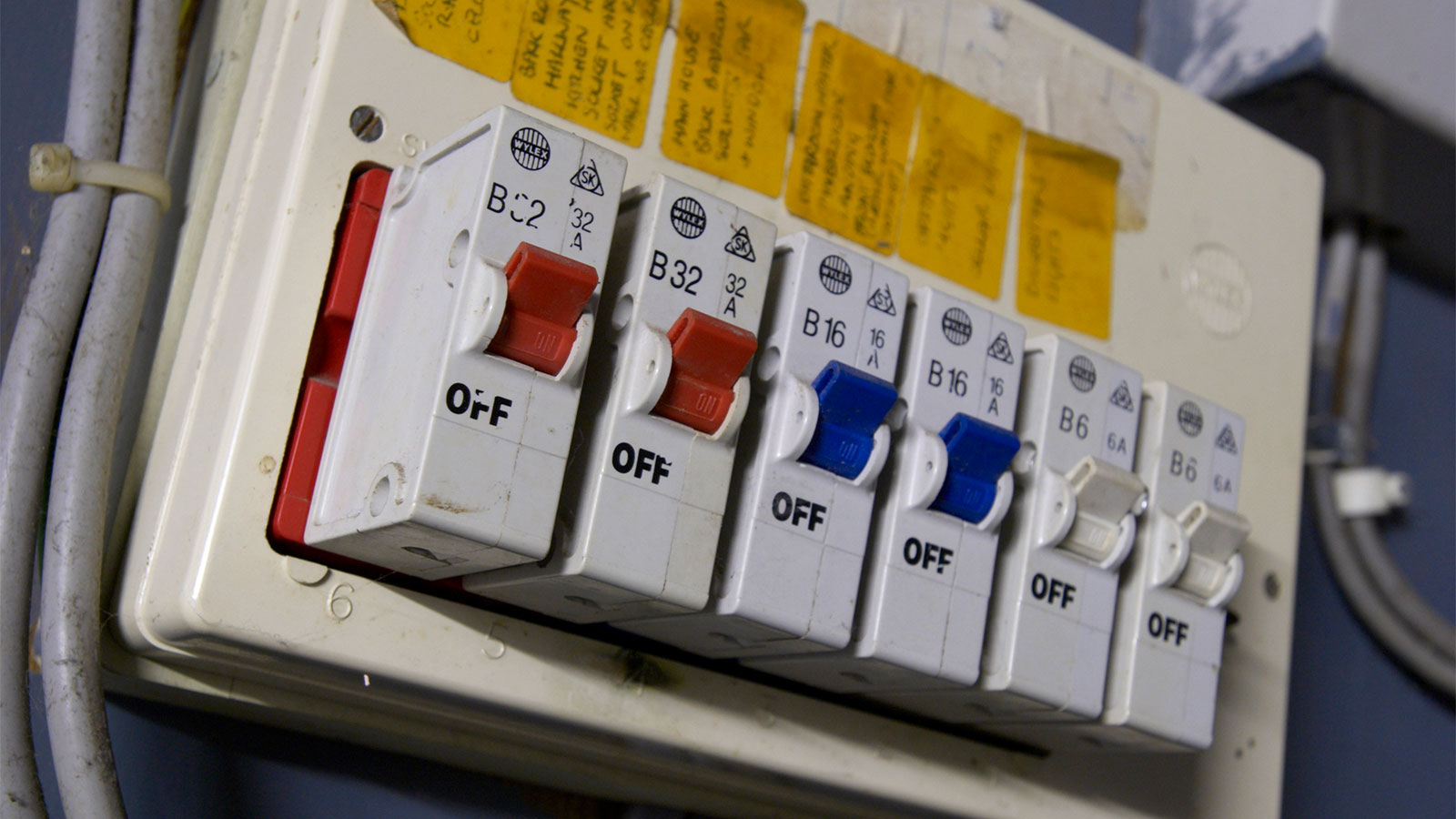
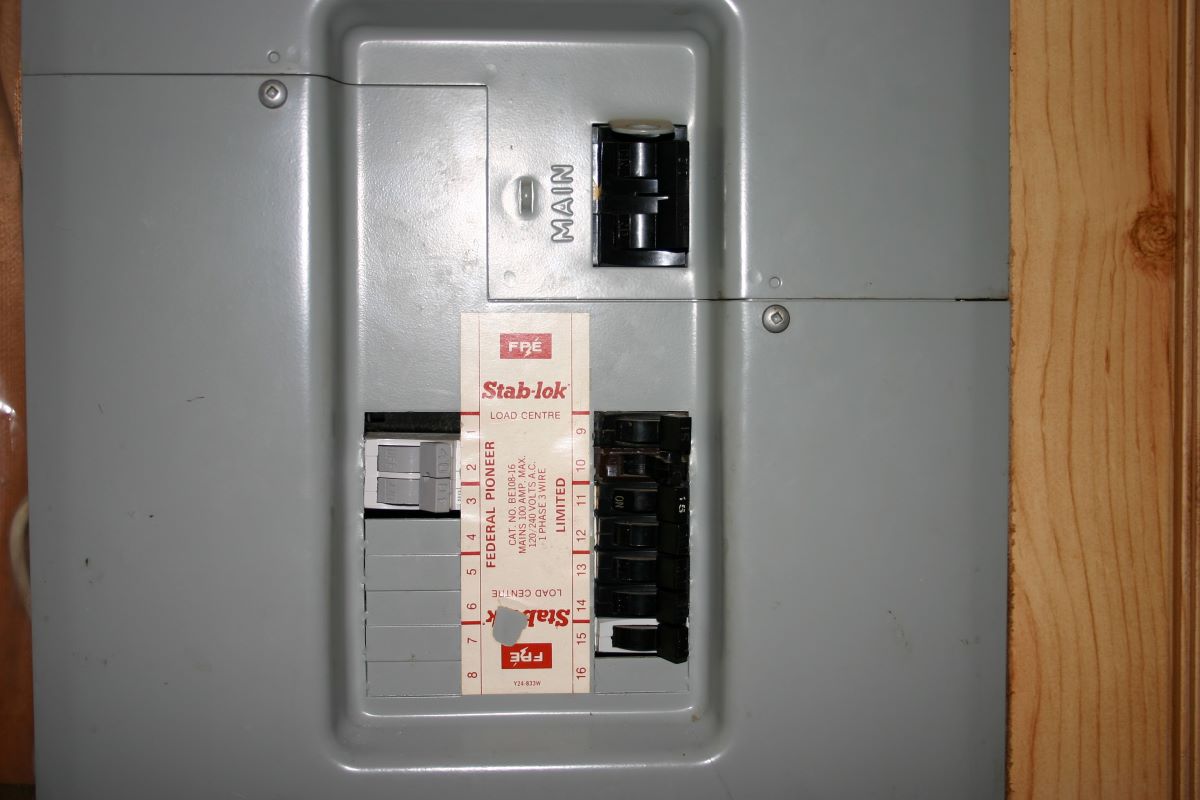
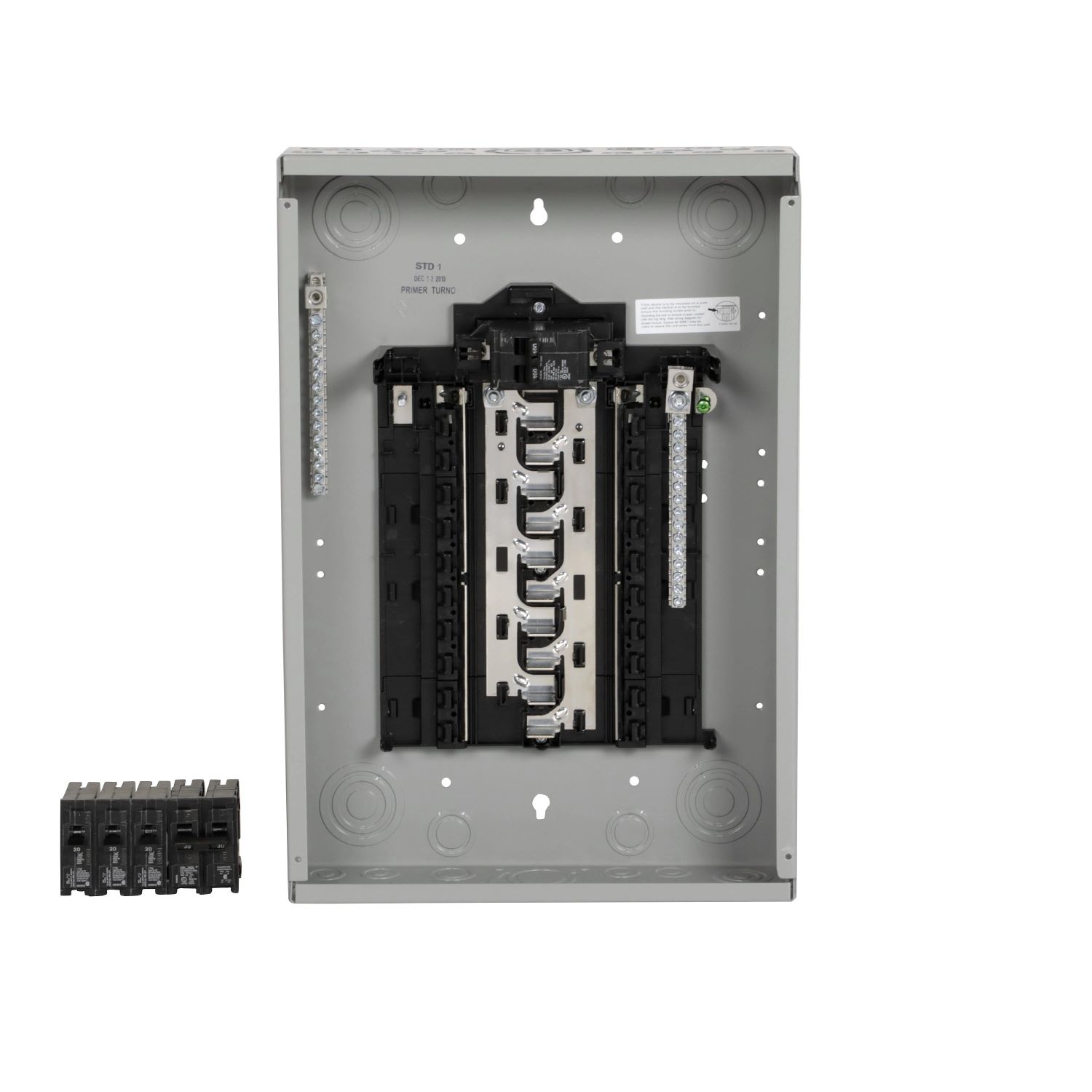
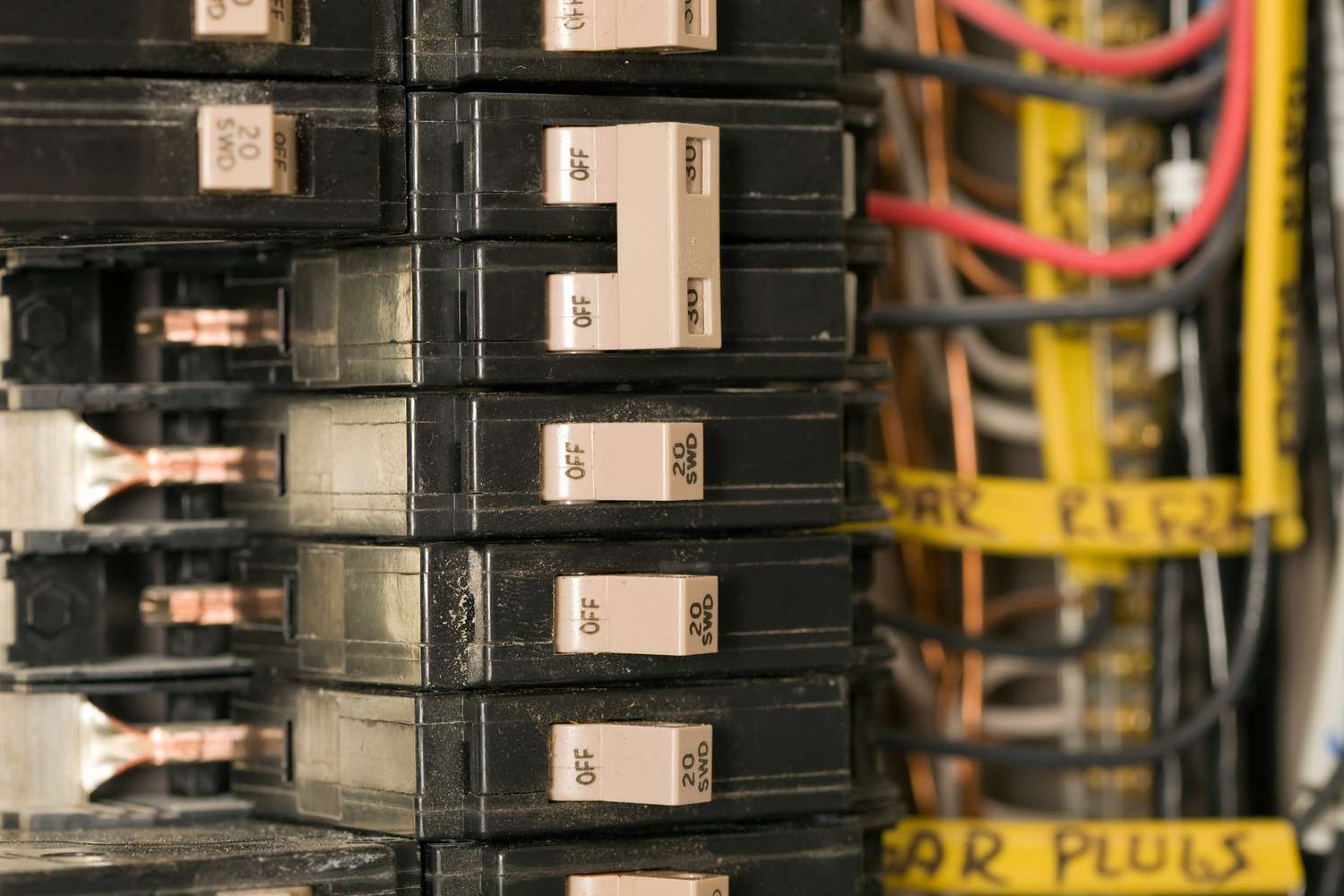
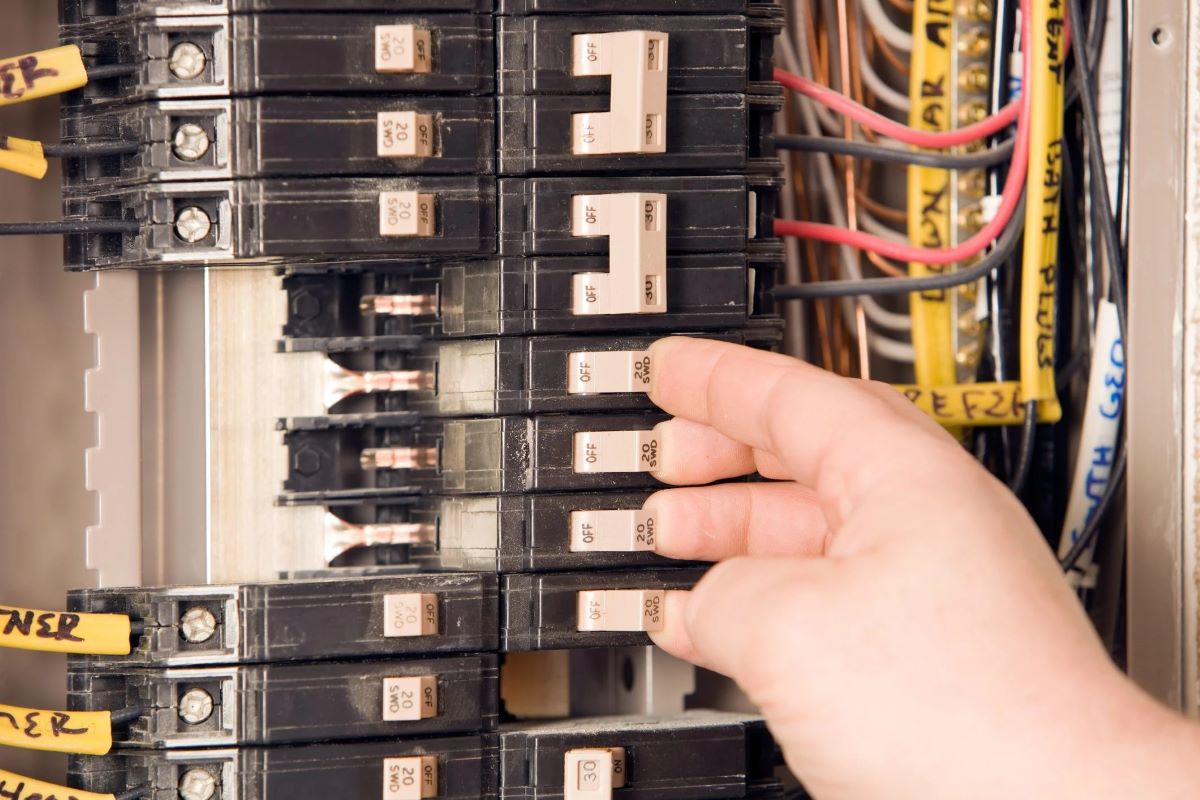
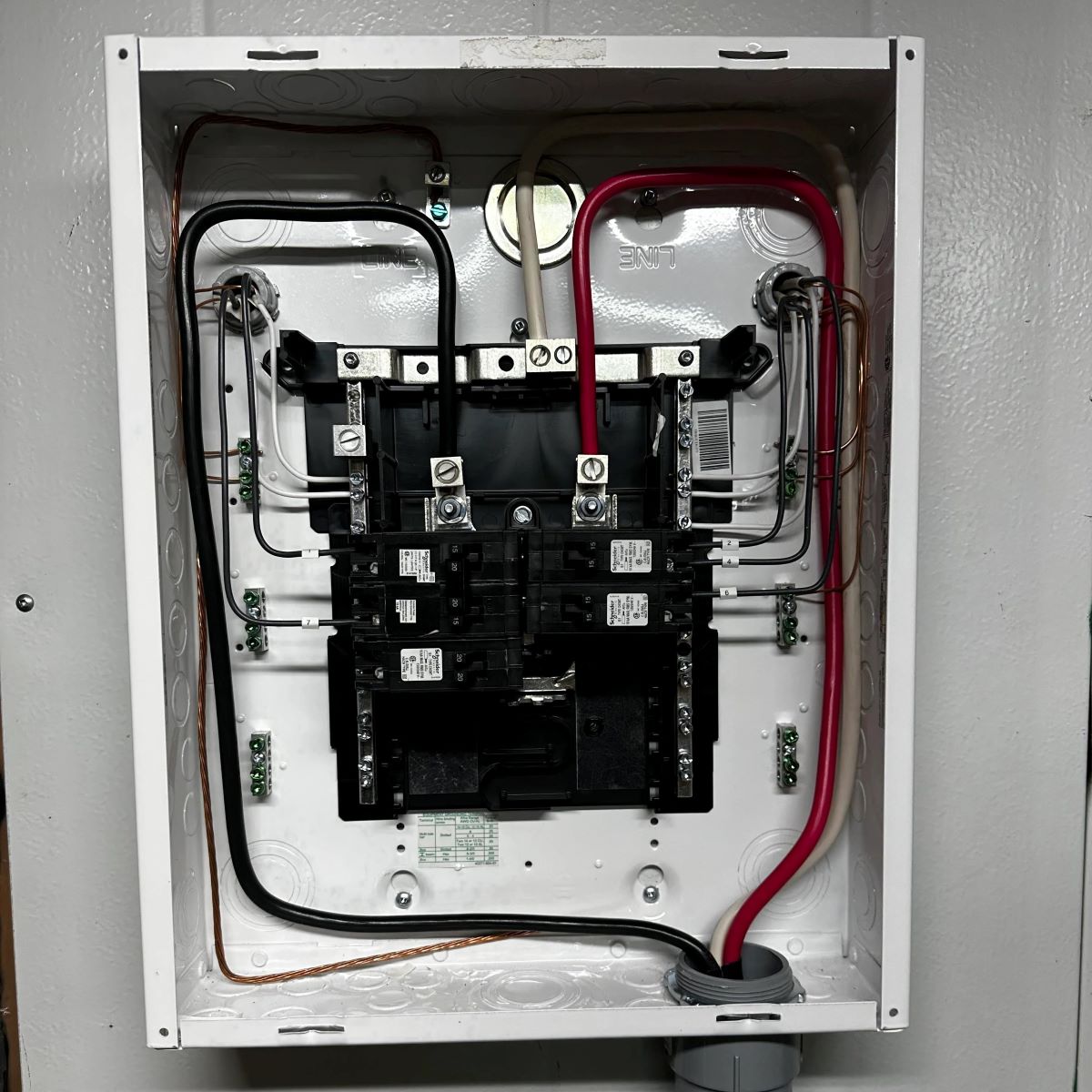
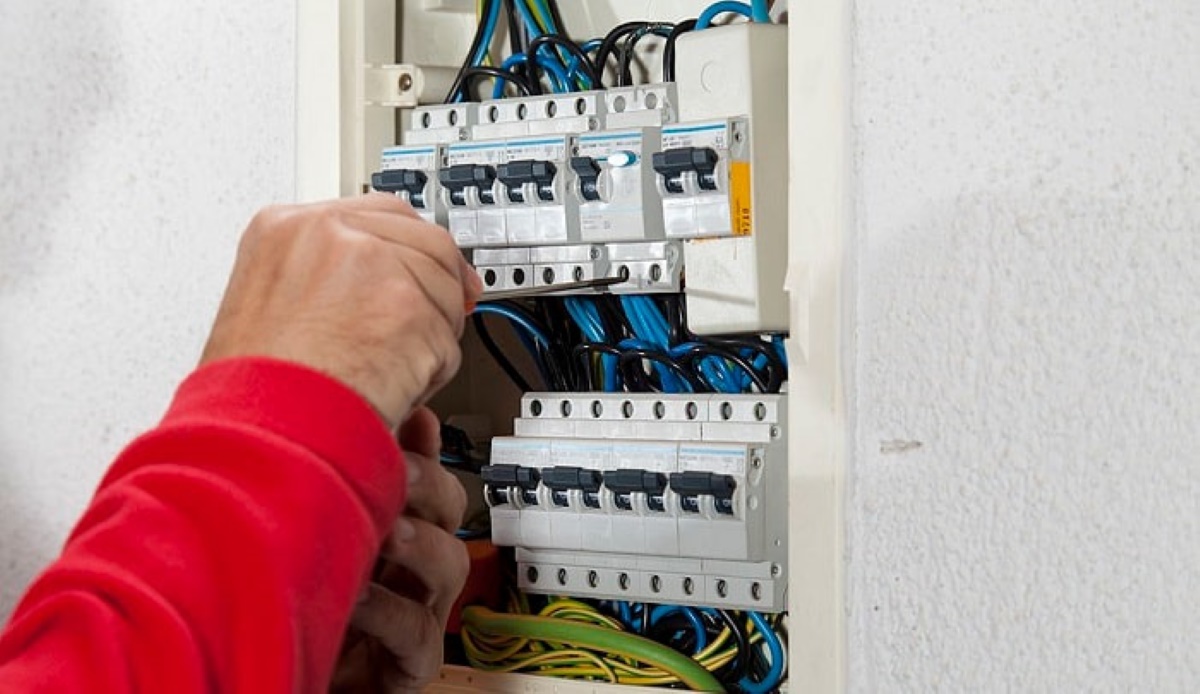
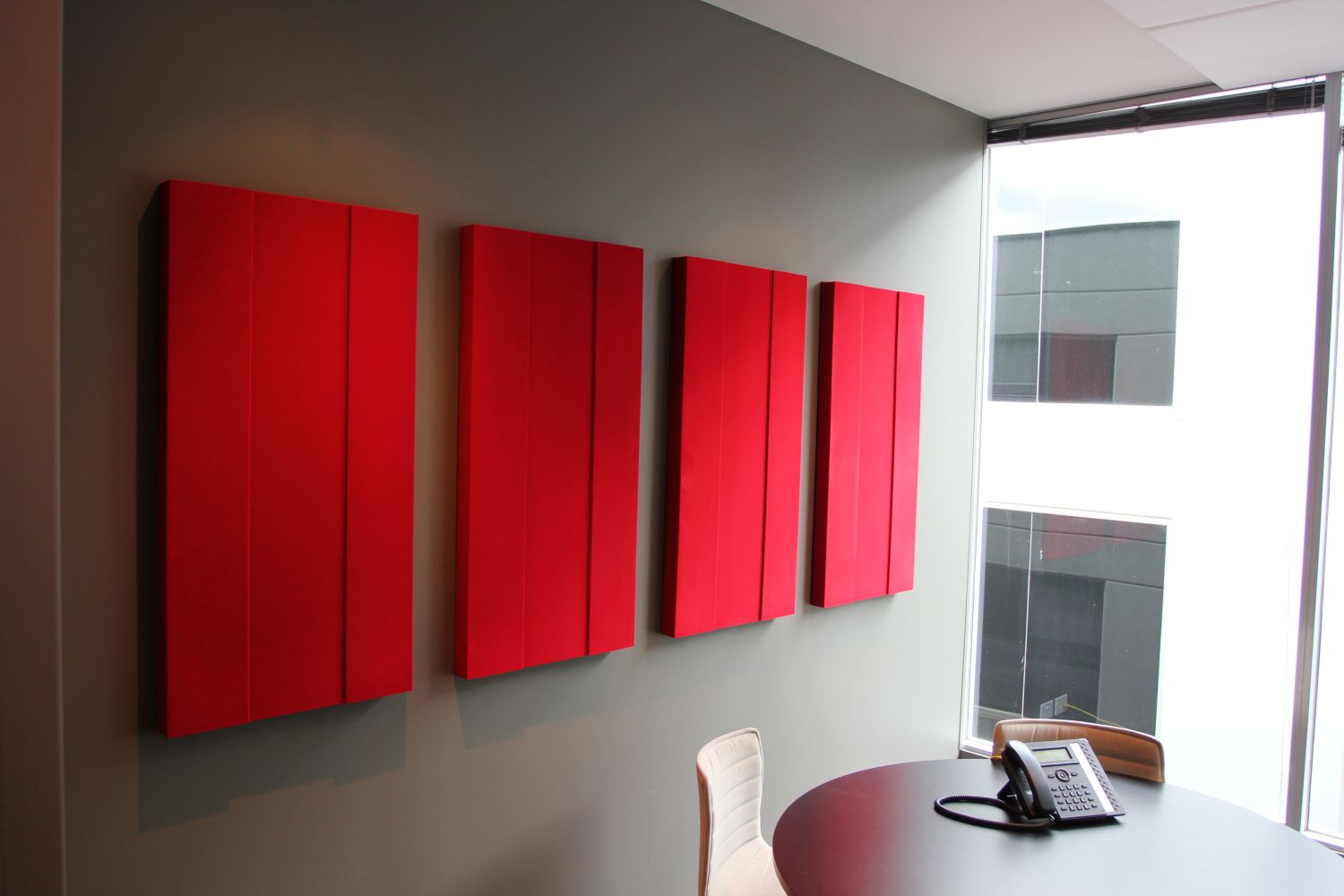
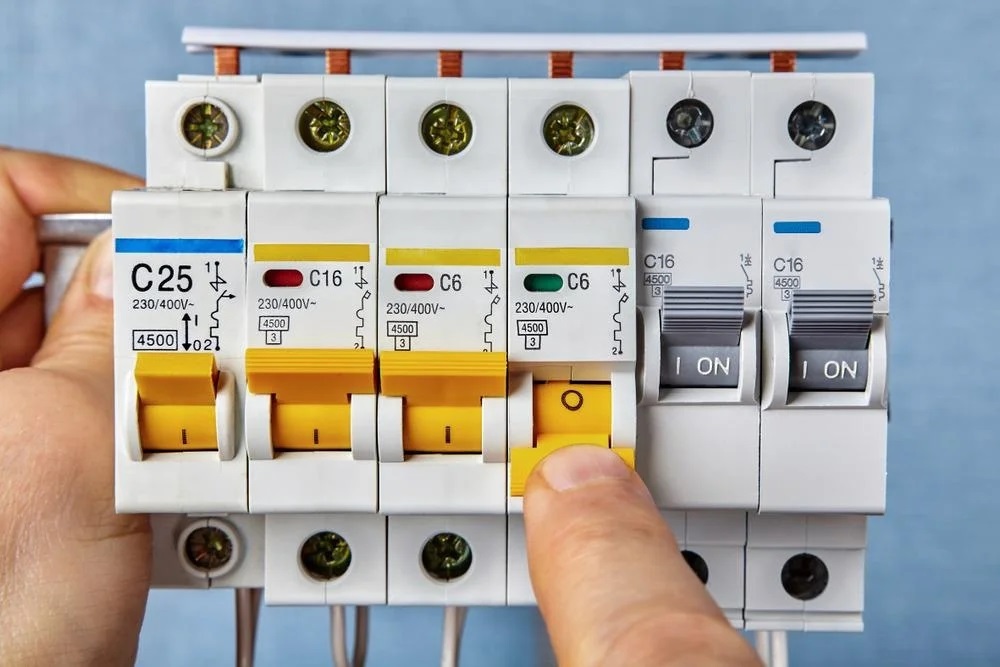
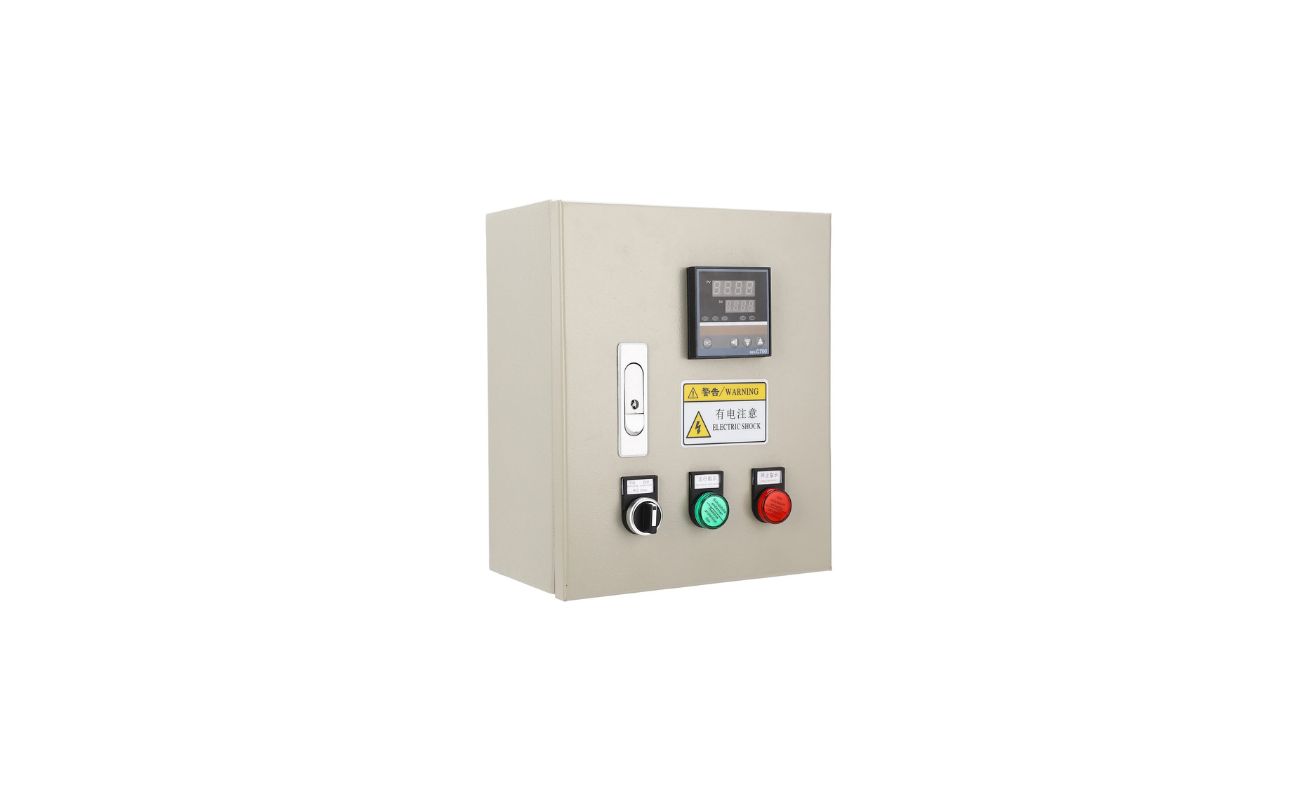

0 thoughts on “What Breakers Work With Murray Panel”